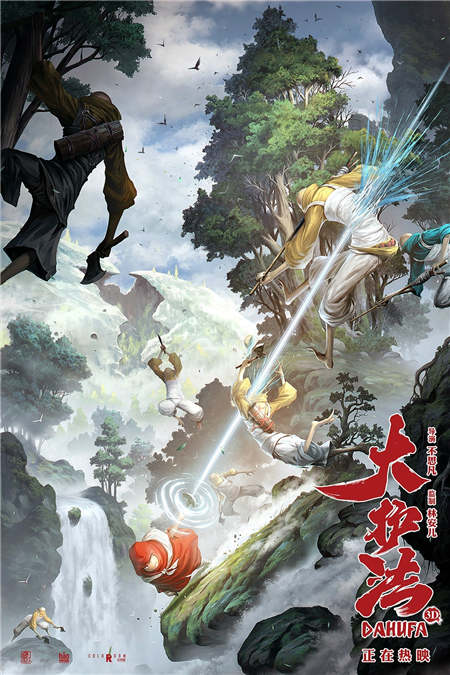 |
|
Da Hufa (Grand Sentinel). Its Chinese-style drawing got people talking about it. [Photo provided to China Daily] |
In 1961 another animation, Havoc in Heaven by Shanghai Animation Film Studio, based on the Monkey King story in the Chinese classic novel Journey to the West, was released. With a soundtrack of traditional Chinese music and characters consisting of Peking Opera figures, the film would become a milestone that defined Chinese animation, winning numerous awards at home and abroad.
"The production of animation movies felt the effects of the 'cultural revolution' (1966-76), but there were many more good works to come, such as Nezha Conquers the Dragon King (1979) and Three Monks (1980)," Lu says.
"However, in the 1980s Chinese animation began to go into gradual decline."
The country abandoned the central planned economy in 1978, but it was not until 16 years later that the animation industry fully embraced the market.
Those years of lost opportunity resulted in a dearth of talent in the industry, with the old hands becoming even older and few young people being trained to fill the breach when they eventually departed.
With the old system gone and a market-based system remaining to be developed, the once flourishing animation industry withered.
Lu, who has served on countless international animation festival juries over the years and was the director of the animation for the Beijing Olympic Games mascot Fuwa in 2008, says: "I always feel embarrassed when my foreign peers say to me: 'Lu, have you got some good Chinese animation you can recommend?' The Dasheng (Monkey King: A Hero's Return) and Dayu (Big Fish& Begonia) are good, but not good enough."